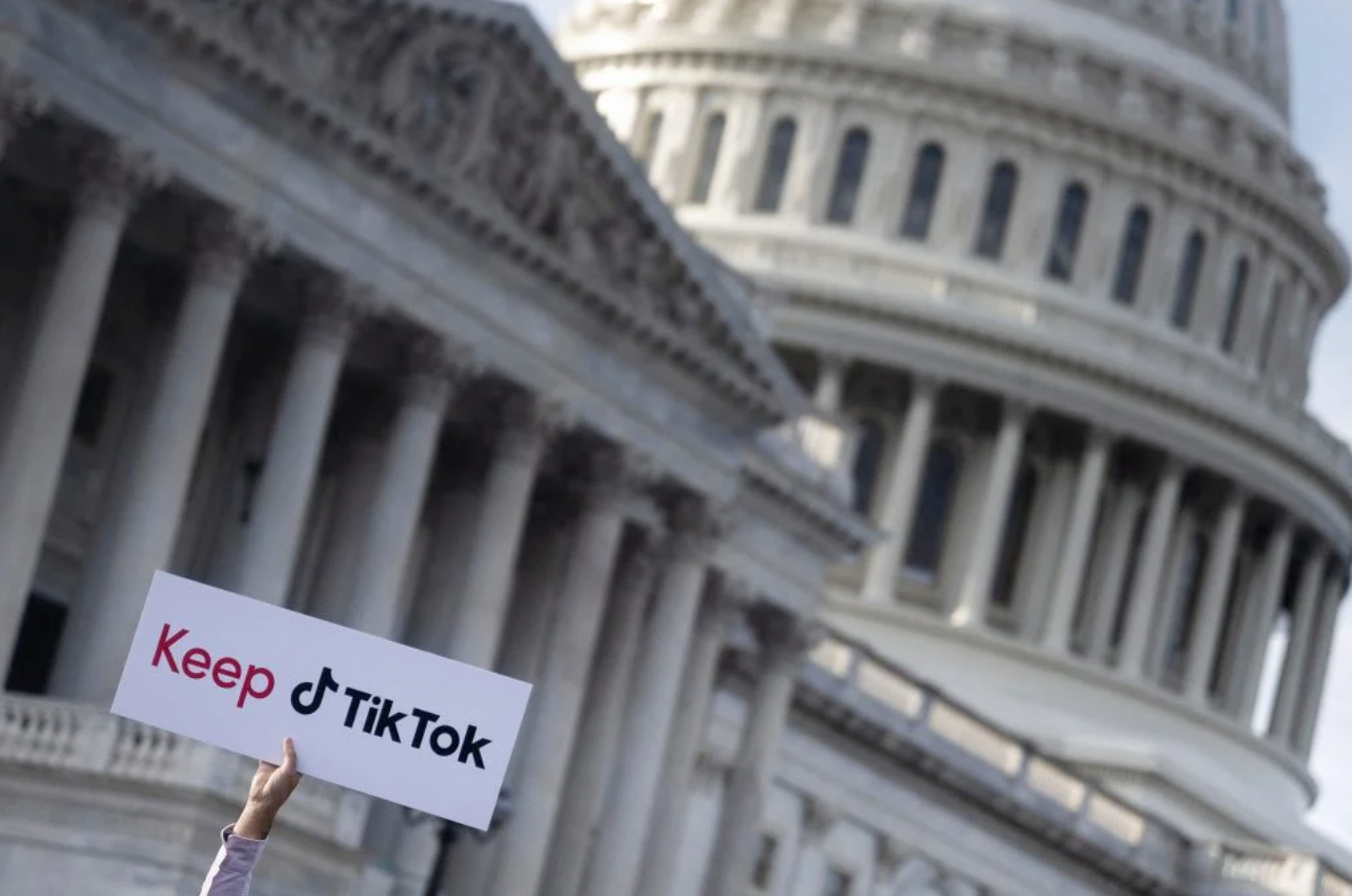How TikTok’s potential ban challenges art creative freedom
By January 19, 2025, TikTok could be wiped from American digital spaces due to national security concerns. President Joe Biden’s administration has set an ultimatum: ByteDance, the Chinese parent company, must divest its U.S. operations, or the platform will be banned outright. As Donald Trump—a vocal advocate for banning TikTok—prepares to assume the presidency once again, the stakes for creators, particularly artists, could not be higher.

For years, TikTok has served as a democratizing force in the art world, allowing artists of all mediums to connect directly with global audiences. It is a space where raw creativity meets viral reach, enabling previously unknown creators to build careers outside traditional gatekeeping structures. Yet, this invaluable tool for artistic innovation and self-expression now finds itself entangled in a geopolitical tug-of-war.
Many artists see the potential ban as an alarming encroachment on their creative liberties. Painter and digital artist Jasmine Ray, who credits TikTok for catapulting her from obscurity to gallery representation, called the platform her “artistic lifeline.” “It’s not just an app; it’s where I discovered my audience, ” she says. “Losing TikTok would mean starting over.” For countless creators like Ray, TikTok represents more than a social media platform; it is their primary avenue for visibility, engagement, and income.
In search of alternatives, some artists have turned to apps like RedNote (known as Xiaohongshu in China). While promising in theory, these platforms come with significant hurdles. RedNote’s limited U.S. user base and its focus on lifestyle content have left artists questioning its ability to replicate TikTok’s ecosystem of creative exchange.
![WASHINGTON, DC — MARCH 13: Participants hold signs in support of TikTok outside the U.S. Capitol … [+]](https://fastly.syg.ma/imgproxy/I7qaKYmknherj82hb2atez5ta9ygCJnhEWTalrFuQ7M/rs:fit:::0/aHR0cHM6Ly9mYXN0bHkuc3lnLm1hL2F0dGFjaG1lbnRzLzIyNTY1NzcxNjczMWM1YmQ1NjgyZmVhM2Y2MGI2MDlhZjg4ZDg2ZmYvc3RvcmUvYjk3ODI1MjAxMjBiNjU3N2VjODRhN2U5ZDRlZmU3M2U4ZjFjNWQ1ZDhiZTZjOWIzNTkwMWFiMTYxMWI5L2ZpbGUuanBlZw)
Critics of the proposed ban argue that such measures prioritize political optics over the cultural and economic impact on creators. “We’re collateral damage in a battle we didn’t ask to fight, ” says multimedia artist Alex Torres. For Torres, the ban feels like a chilling reminder of how fragile digital spaces for creativity can be when subjected to government control.
The situation reveals a deeper unease about the role of politics in regulating platforms that have become essential for modern artistic practice. By disrupting the channels artists depend on, governments risk stifling not only individual expression but also the cultural dialogue that thrives in digital spaces. If TikTok disappears, it may leave a void that no alternative can readily fill, fundamentally reshaping the landscape of contemporary art.
As the clock ticks down, creators face an unsettling question: what happens to art when its digital canvas is erased? While some will adapt and others will innovate, the loss of TikTok would undoubtedly alter the trajectories of countless creative careers, leaving an indelible mark on the art world in the process.
Author: art historian and art critic Madina Ibragimova.
